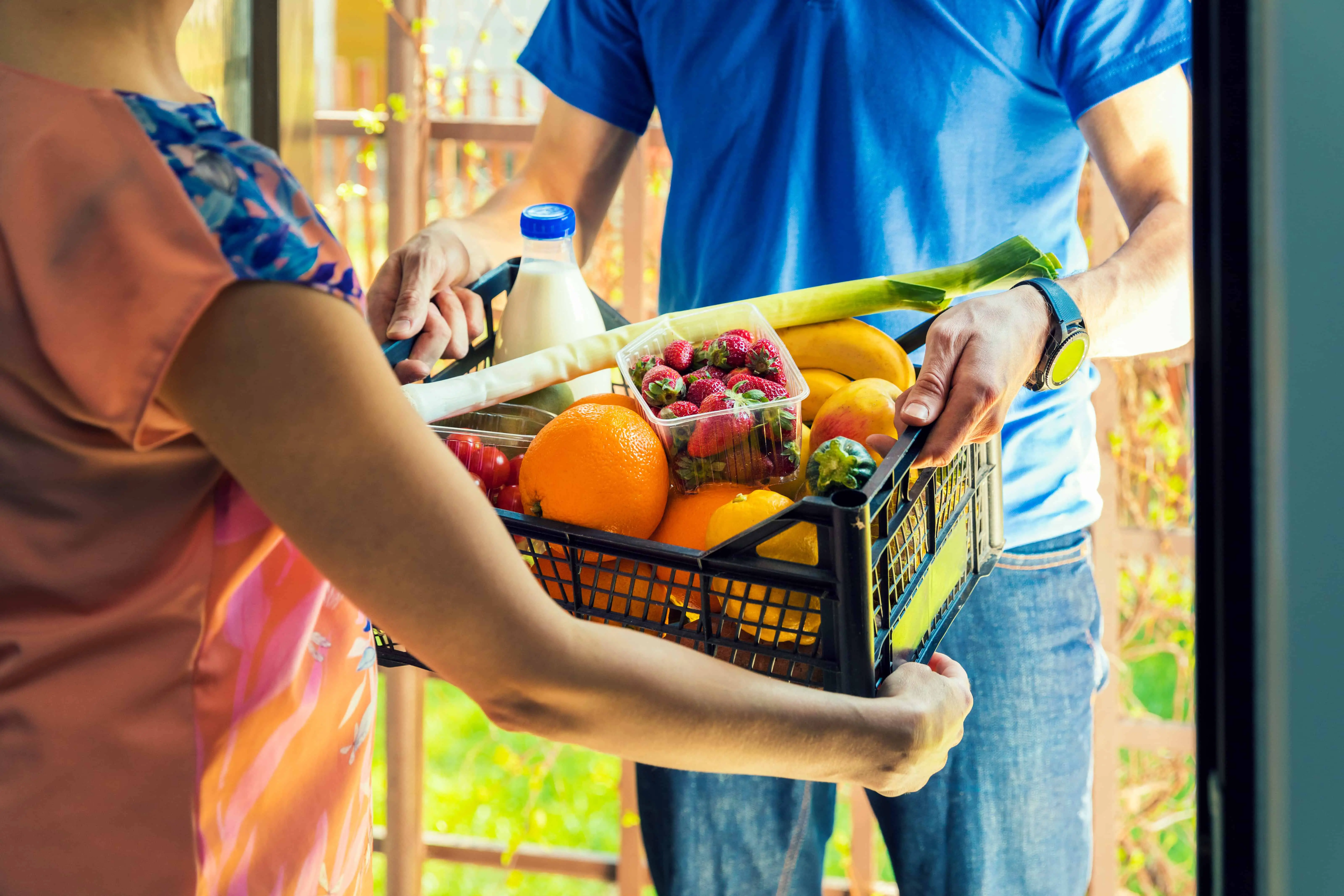When money is short, it’s only smart to find ways to cut costs whenever possible. One thing we often overlook is the amounts we spend on monthly utilities. Obviously, having access to electricity, water, gas and internet are essential. However, there is no need to be paying more than you should. There are plenty of government programs out there to help you save money on your monthly bills. It would only make sense to take a look at these programs and check which ones you’re eligible for. For this article, we’re taking a look at the Lifeline program. We’ll also give a shoutout to other government programs that you should look into to spend less on your monthly bills.
What Is The Lifeline Program?
The Lifeline program is basically a way to save money on your phone and internet plans. This federal program aims to help low-income individuals and families save money on their monthly bills. For those eligible, the program offers discounts up to $9.25. For consumers living on tribal lands, the Lifeline program can offer up to $34.25 per month in discounts. If you live on Tribal lands you may also be eligible for up to a $100 reduction on first-time connection fees.
Who Is Responsible For Running The Lifeline Program?
So, The Federal Communications Commission (FCC) created the program, but it’s mainly run by the Universal Service Administrative Company (USAC). So when you’re applying for the Lifeline program, the whole process will be with the USAC. The USAC is also responsible for requirements, eligibility and recertification (which we will discuss later on). Also, all your questions about Lifeline should be answered by USAC.
How Do I Apply?
It’s pretty simple really. First, you visit the Lifeline program website. You’ll come across a button that says “Apply Now” and it’ll take you to a page with a bunch of simple questions. These questions will mainly cover personal information about you, such as your name, date of birth, address, and the form of ID you plan on using.
If you live in California, Oregon or Texas, you’ll need your phone and internet company for more details on the program. You can also visit your state’s website to find out more about the program.
If you qualify, you should search for phone and internet companies in your area to sign up for Lifeline. You can also contact your current service provider to apply Lifeline benefits to your existing agreement.
So, How Do I Qualify?
Eligibility for Lifeline can be based on one of three things: Your income, your subscription to certain federal assistance programs, or subscription to Tribal assistance programs. You may also qualify for Lifeline through benefits that your child/dependent receives.
You Can Also Apply For Lifeline Through Family
Applicants whose children or dependents are participating in any of the programs mentioned above can also receive all benefits of Lifeline.
Let’s Start With Income
As the program is meant to help low-income individuals save money, you’ll need to prove that your income is low enough to qualify. So to qualify for Lifeline, your income must be below, equal to, or a maximum of 35% above the federal poverty line. It will also depend on how many people there are in your household. So, we recommend you start your application to learn more about income-based eligibility.
Now, Onto Eligibility Through Federal Assistance Programs
There are plenty of federal assistance programs in place to help people struggling financially. Some help out with your regular expenses, others with medical bills and more for housing and such. Each program requires a separate application, yet one thing that’s common between them is that they’re meant for low-income individuals and families. Luckily, you can use your subscription to process your application for Lifeline. Obviously, not just any federal assistance program will help you qualify for Lifeline. So, let’s meet the programs that can help make your application easier.
Supplemental Nutrition Assistance Program (SNAP)
This program was formerly known as Food Stamps. Thankfully, in 2014, food stamps were removed completely from circulation and were replaced with Electronic Benefits Transfer (EBT) cards. Those cards function the same way as debit cards. You can use these cards at stores that accept them, at ATMs, or point-of-sale (POS) terminals.
As SNAP is the largest program working on fighting hunger in the US, it should come as no surprise that EBT cards should be used only to buy groceries. These groceries include the following:
- Fruits and vegetables;
- Poultry, meat, and fish;
- Dairy products;
- Cereals and different types of bread;
- Other foods, like snack foods and nonalcoholic beverages;
- And plants and seeds that you can use to produce food.
However, there are items that you may not use your EBT to purchase:
- Alcohol and tobacco products like cigarettes
- Medicines, vitamins, and supplements
- Live animals
- Non Food grocery items, such as cleaning supplies and pets food
- And hot meals.
To qualify for SNAP you need to earn less than 130% of the federal poverty line. Your relation to the poverty line will depend on the number of members in your household.
Medicaid
As the name suggests, this program helps Americans out with medical bills. It’s a nationwide program that focuses on providing affordable healthcare to low-income individuals. The program also aims to help vulnerable members of society, such as disabled people, low-income families, and the elderly. Medicaid is run on both state and federal levels, so benefits may vary from one state to the other. While requirements and qualifications may vary in each state, there are 2 qualifying criteria that you must satisfy to apply for Medicaid:
- You must be a US citizen or eligible immigrant
- Your financial status must be seen as low- or very-low-income
Supplemental Security Income (SSI)
This program aims to help those who have conditions that prevent them from being able to earn their own income. The federal program helps individuals who have restricted income or restricted resources per month. To qualify for the program you must meet one or more of the following requirements:
- At least 65 years or older
- A medical issue that prevents you from having the ability to work that will last at least a year or result in death
- Partially or totally blind
The amount you may receive in benefits through this program will depend on the following factors:
- Your current income
- Citizenship status
- The total value of everything you own.
Federal Public Housing Assistance
Housing in the US has lately become extremely expensive, especially in bigger cities. Things have not been getting any better with a pandemic going on. The economy took a real hit and more than 3.5 million Americans are at risk of eviction. That’s why it’s really important to those who struggle financially to turn to federal housing assistance programs. These programs aim to provide Americans with affordable, safe and sanitary places to live. There’s a really wide variety of programs out there. Your choices will depend on your eligibility for each program.
Available Types Of Public Housing Assistance
If federal public housing assistance sounds like something you might need and be eligible for, we recommend you check out the following programs:
Veterans Pension and Survivors Benefit
This is the last entry on our list of federal assistance programs that can help qualify you for Lifeline. Veterans pension is pretty straightforward. After veterans are done with their service periods and have retired from the force, they’re entitled to pension checks. The amounts a veteran can receive in pension will depend on the duration of their duty (must be at least 90 days). It will also depend on their income, family size, and other factors.
Survivors pension, also known as death pension, are checks that qualifying un-remarried spouses of veterans who died in combat may receive. Applicants for Survivors pension may also need to meet set income and net worth limitations to qualify for Survivors pension.
To use your subscription to any of these federal assistance programs as eligibility for Lifeline, you may need to show proof of participation. You may be asked for a benefit letter or official document when you apply.
Qualifying For Lifeline Through Tribal Assistance Programs
If you live on tribal lands, you may use any of the qualifying criteria above. You also may also qualify for Lifeline if you subscribe to the following federal programs meant for people living on tribal lands:
Bureau of Indian Affairs General Assistance
This federal program aims to provide financial assistance to federally recognized American Indian and AlaskanNative (AI/AN) tribal members. The program focuses on providing cash assistance to meet essential needs of food, clothing, shelter, and utilities.
To qualify for Bureau of Indian Indian Affairs General Assistance::
- You need to be a member of a federally recognized AI/AN tribe
- Your income level must not be enough to cover your needs for essentials such as food, clothing, shelter, and utilities
- The service focuses on those who live in an area that is approved for service by the Bureau of Indian Affairs (BIA), or at least near one. You can learn about approved service areas by contacting your local BIA office
- BIA benefits do not apply to those who receive any similar federal public assistance
- The application will require you to develop and sign an employment strategy in the ISP with the assistance of the social services worker
Tribal Temporary Assistance for Needy Families (Tribal TANF)
The way the government describes Tribal TANF is that it’s “an assistance program for American Indians and Alaska Natives which provides cash aid and supportive services to eligible needy children and families. The goal is to help families achieve self-sufficiency through education, career development, training, employment and temporary financial assistance.”
The Tribal TANF program has 4 main goals:
- TANF provides assistance to families in need. The idea is to help families care for children in their own homes or in the homes of relatives
- TANF focuses on ending the dependency of needy parents by promoting job preparation, work, and marriage
- The program focuses on decreasing incidents of out-of-wedlock pregnancies
- Tribal TANF encourages maintaining the stability of two-parent families
Food Distribution Program on Indian Reservations (FDPIR)
The federal government created this program to provide foods to households living on Indian reservations and to Native American households residing in designated areas near reservations. The foods provided to these households are sourced from the United States Department of Agriculture (USDA).
Conclusion
Whether rich, middle-class or low-income, it’s always a good idea to find ways to decrease your spending on monthly bills. We often overlook a lot of expenses because they can incur in small amounts. What we don’t realize is that these small amounts add up to a significant sum after a while. To put things into perspective, let’s say you spend $10 on snacks per week. There are 52 weeks per year. So your weekly $10 snacks actually cost you $520 a year. That’s why it’s really important to find ways to save up on those regular spending.
Government assistance programs are a reliable way to save up on your recurring expenses. Among these government assistance programs is one called Lifeline. The program focuses on giving you discounts on your phone and internet bills.
There are plenty of ways to qualify for Lifeline. The first and most direct way is to provide evidence that you are of low income. The general rule is that you need to make 135% or less of the federal poverty guideline. The other way to qualify for Lifeline is to be using a federal assistance program that Lifeline recognizes as a measure for your income level.
We mentioned plenty of federal assistance programs to US citizens and tribal members above. Even if you don’t plan on applying for Lifeline, you should check these programs. Who knows? You might end up saving even more money.











